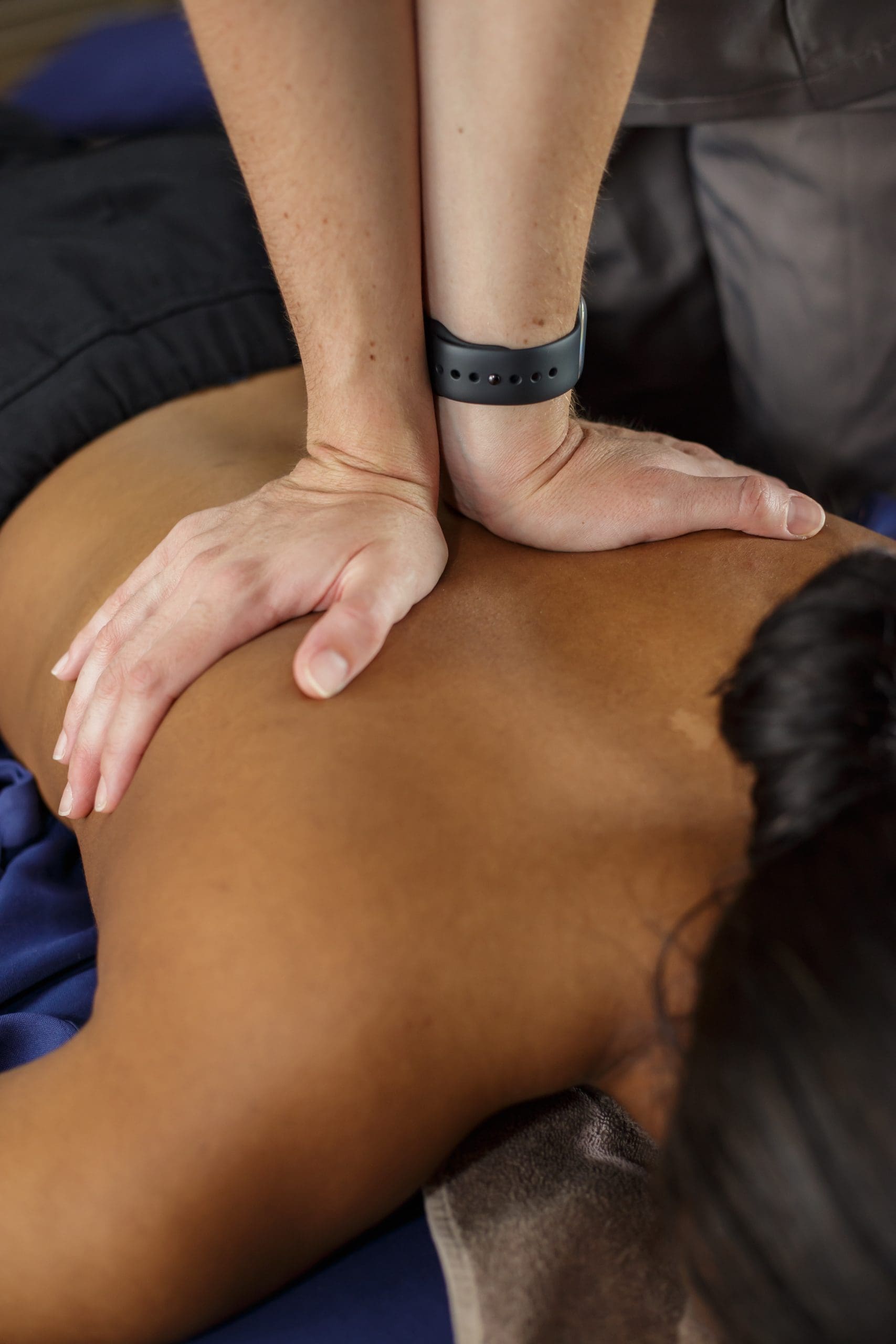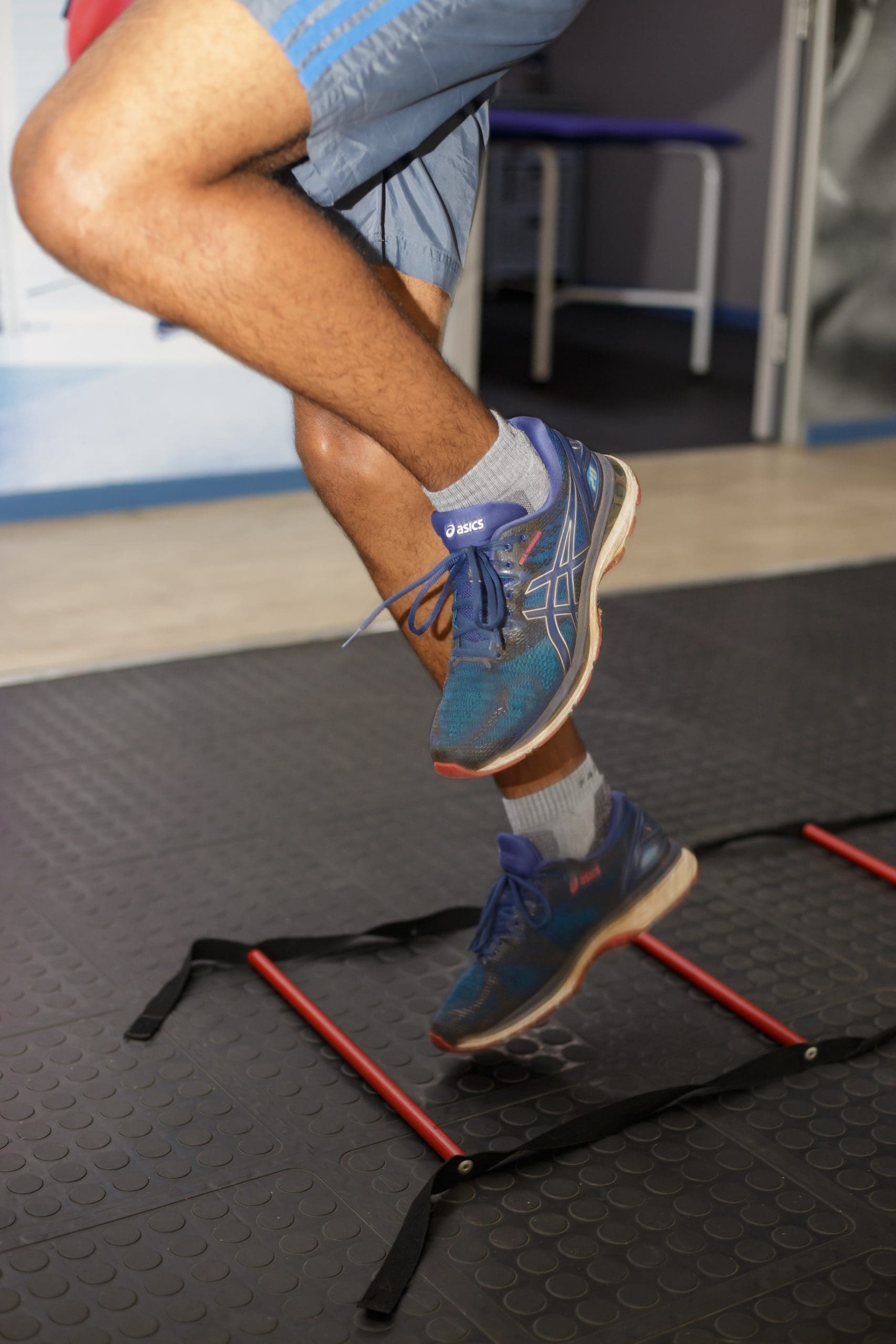Frequently Asked Questions
At Samantha Dunbar Inc we pride ourselves on high quality service and therefore aim to answer any questions you may have to the best of our ability.
What to Bring to your first visit for Physiotherapy
We encourage you to come 15 minutes early for your first appointment, in order to fill in the required paperwork. This will help ensure that you start your session on time.
Please bring along the following:
A pair of shorts
For the ladies, a strap top
Any referral letter from your doctor if you have one.
Any x-rays or other relevant information you may have regarding your condition
A list of any medication you are currently taking.
What to Bring to your first visit for Biokinetics
We encourage you to come 15 minutes early for your first appointment, in order to fill in the required paperwork. This will help ensure that you start your session on time.
Please bring along the following:
Loose fitting clothing.
Running or comfortable shoes.
A small hand towel.
A water bottle.
Any referral letter from your doctor if you have one.
Any x-rays or other relevant information you may have regarding your condition
A list of any medication you are currently taking.
It may be helpful bringing along any sport specific gear that you frequently use. ie your bike and cleats for cycling.

Questions relating to Physiotherapy and Biokinetics
What is the difference between Physiotherapy and Biokinetics?
Physiotherapy involves more hands-on treatment as a modality. Physiotherapy will help to decrease your pain, improve your range of movement and help you to achieve your activities of daily living. Biokinetics uses exercise prescription as a treatment modality once you have almost full range of movement and little to no pain. Biokinetics uses exercise prescription to ensure that you return to your normal function before your injury and to ensure that the injury doesn’t occur again.
How much will physiotherapy and/or biokinetics cost?
The cost of therapy depends on the nature of your injury, the results of our initial assessment and what you want to accomplish. It is possible to give you an estimate of the cost and length of treatment after you have come in for your initial assessment.
Will my physiotherapy and/or biokinetics treatment be covered by medical aid?
Yes, more than likely. A large number of medical aid plans cover physiotherapy and biokinetics treatment. We do submit straight to all medical aids that are administered by Discovery Health. If your medical aid is not one of these, you will need to pay cash after each treatment session and submit to your medical aid.
Can I continue my regular exercises?
A skilled and experienced physiotherapist or biokineticist will carefully assess the extent and nature of your injury, as well as your ability and desire to exercise. We will prescribe a tailor-made rehabilitation exercise program for you until you have recovered from your injury. However, if we think continuing your regular exercise program would be beneficial, we will encourage you to continue.
How much activity is 'too much'?
After an injury, your activity level may need to be adjusted and possibly reduced. This is to allow the body to perform the stages of healing appropriately. If you increase your activity level and experience pain- you will know that you are doing too much. The pain response could occur straight after your activity or you could experience pain as long as 24-48 hours after the activity. A good way to increase your activity level is over a gradual amount of time and intensity, under the supervision of your therapist. Ultimately, the goal of your therapy is to allow you to return to your prior activities without pain and / or dysfunction.
Can I begin physiotherapy and/or biokinetics if I’m seeing a chiropractor or another healthcare provider?
Yes, physiotherapy and/or biokinetics is effective in conjunction with treatment provided by other providers. We believe in communicating and working closely with your other providers to optimize your recovery.
How much does it cost?
How long will it take for me to get better?
As a rule of thumb, we usually say that if you have no improvement in your condition/ injury after 4 treatment sessions- we will refer you to an appropriate specialist healthcare provider for further investigation. How quickly you recover depends on many factors such as the extent of your injury, how long you have had your injury for as well as how compliant you are in terms of performing ‘homework’ prescribed to you by one of our therapists.
How many times will I need to come in?
After your evaluation, your therapist will determine the number of times you will need to be seen. The extent and seriousness of your injury will be a primary consideration for determining the amount of treatment you will need. On average, we see clients 1-2 times a week for 4-8 weeks.
Why should I receive physiotherapy or biokinetics for my injury?
Physiotherapy and biokinetics assists your body to make a complete recovery and restore you to full function. We accomplish this by designing a treatment program specifically for you, your goals and your injury. It is important to note that an injury causes dysfunction (and therefore pain) to your muscles, nerves, ligaments, cartilage, tendons and blood vessels. It is a challenge for your body to restore everything back to pre-injury function. In fact, the repair process may not be fully completed and even if the pain is gone, you may develop scar tissue, adhesions, or a weak tissue structure that is susceptible to re-injury. Therefore it is important to receive physiotherapy or biokinetic treatment.
Can my pain be controlled without pain medication?
With a connective tissue injury, pain starts because your tissue is structurally stressed or inflamed. Physiotherapy can help you reduce inflammation by prescribing circulation exercises to flush inflammatory substances out of the injured area and therefore decreasing your pain. The next step is to help your body rebuild the tissues in a healthy way and by eliminating poor joint biomechanics, we can further diminish your pain or even eliminate it.
What is pain?
Pain is a response that travels from your brain by way of your nervous system. Your nerves are like little sensors all over your body. Once they are activated by a potentially harmful stimulus, an electrical signal travels to your brain to let you know something may be wrong. Your brain then interprets this information and if it deems necessary in order to protect you, it produces the response we commonly feel as “pain”.
Your nerve sensors are stimulated by a variety of things. One such stimulus is the deformation of tissue beyond its normal limit. All of your tissues have a normal range to which they are accustomed. Beyond that limit your sensors will send a pain signal to your brain in order to protect you. If you have inflamed, swollen tissue, you have a lot of undesirable biochemicals residing in the injured area. These chemicals will also activate your nerve sensors. Your sensors can also be activated by a temperature of 42.7 degrees Celsius or higher in your body. Therefore, a fever will activate the sensors, causing pain and an achy feeling.




